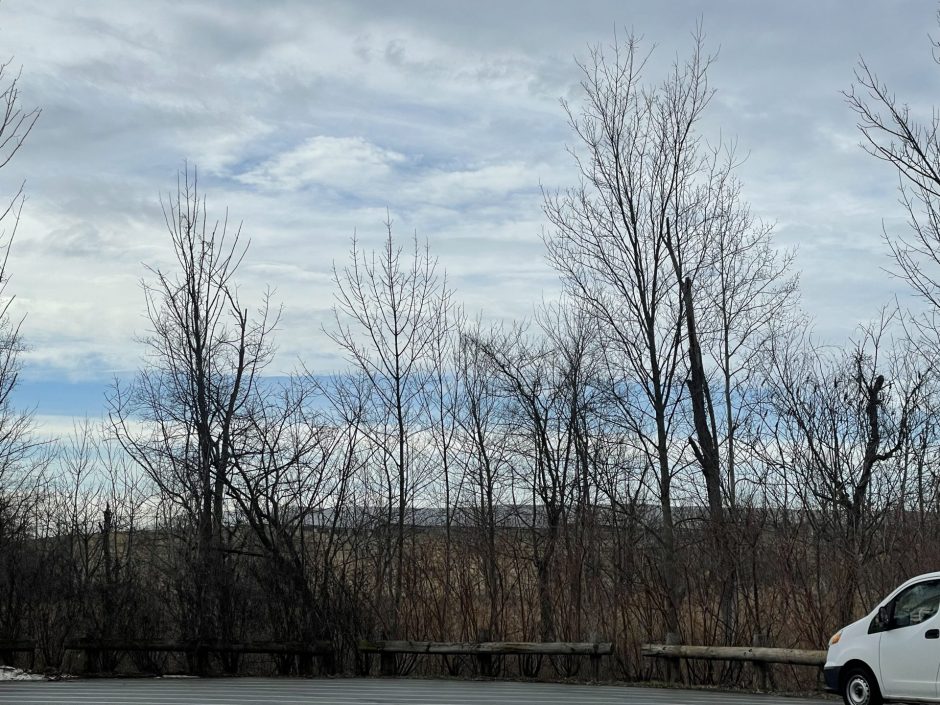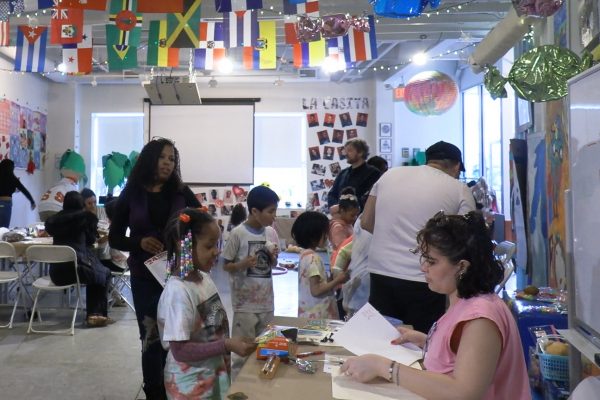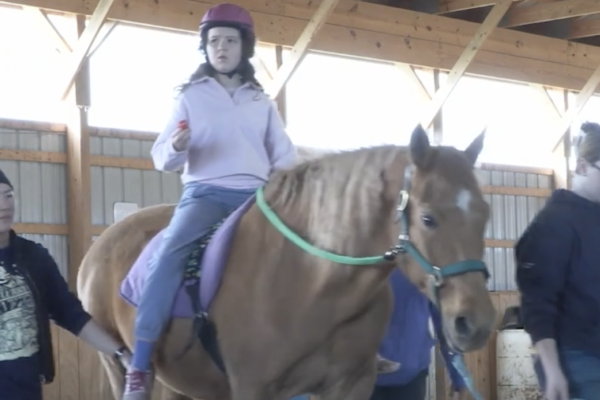DeWitt, N.Y. (NCC News) — The race to save the environment includes renewable energy and New York is addressing that with solar farms. However, the tradeoff is encroaching into the territory of wildlife and their habitats.
Not all is forgotten as there is a conscious effort to for environmental conservation and even several years of planning before machines move in on any land. Chris Carrick, the energy program manager Central New York Regional and Planning Board, said that large solar developers must first work with the New York State Energy Research and Development Authority and follow their regulations.
“Both will do things like coordinate with federal agencies such as the U.S. Fish and Wildlife Service to identify the presence of endangered species,” Carrick said.
Additionally, NYSERDA works alongside the Office of Renewable Energy Siting, the New York State Department of Environmental Conservation, and the New York State Historic Preservation Office to test the impacts like Carrick suggested.
“The relevant procurement and permitting bodies have the ability to require these project developers to change their site to better avoid, minimize and/or mitigate these potential impacts,” a NYSERDA spokesperson said. “For example, many projects will plant pollinator species throughout the project to provide habitat for bees and other insects, sometimes pairing them with apiaries to produce local honey.”

Even as those state agencies regulate private companies who seek them, the type of land and its location differs from project to project. Erim Gómez, a University of Montana wildlife professor, said what he was concerned about in terms of the kind of fencing around the solar farm.
“Them to be high enough so animals like deer and elk can move freely through the landscape,” Gómez said. “I would also want to make sure there’s some light hitting- the interstitial spaces, the spaces in between the solar panels.”
It isn’t out of the question that solar farmers are encouraged to use that strategy or implementing bee populations, but even without intervention Carrick said they are also aware of wildlife migration. Solar panels are spaced out even wider to let animals pass through and crops with farming equipment are thought of in the planning phase. The CNYRPD energy program manager identified this phase as agrivoltaics, which is defined as the dual use of solar and farming.
In the bigger picture of renewable energy, solar developers who intend to generate under 25 megawatts must go through another step – the State Environmental Quality Review Act. This is required by law to have approval after an environmental assessment is done of the land. On the other hand, community solar is typically around 5 megawatts, used for homes or businesses. They do not necessary go through the same process as those solar farm follow state and/or local policies.
Central New York has already surpassed NYSERDA’s goal of the installation of 6 gigawatts of renewable energy by 2025. The largest project yet of is expected to sit on 100 acres in Tully, producing 5 megawatts each. More solar data can be found on NYSERDA’s database.




